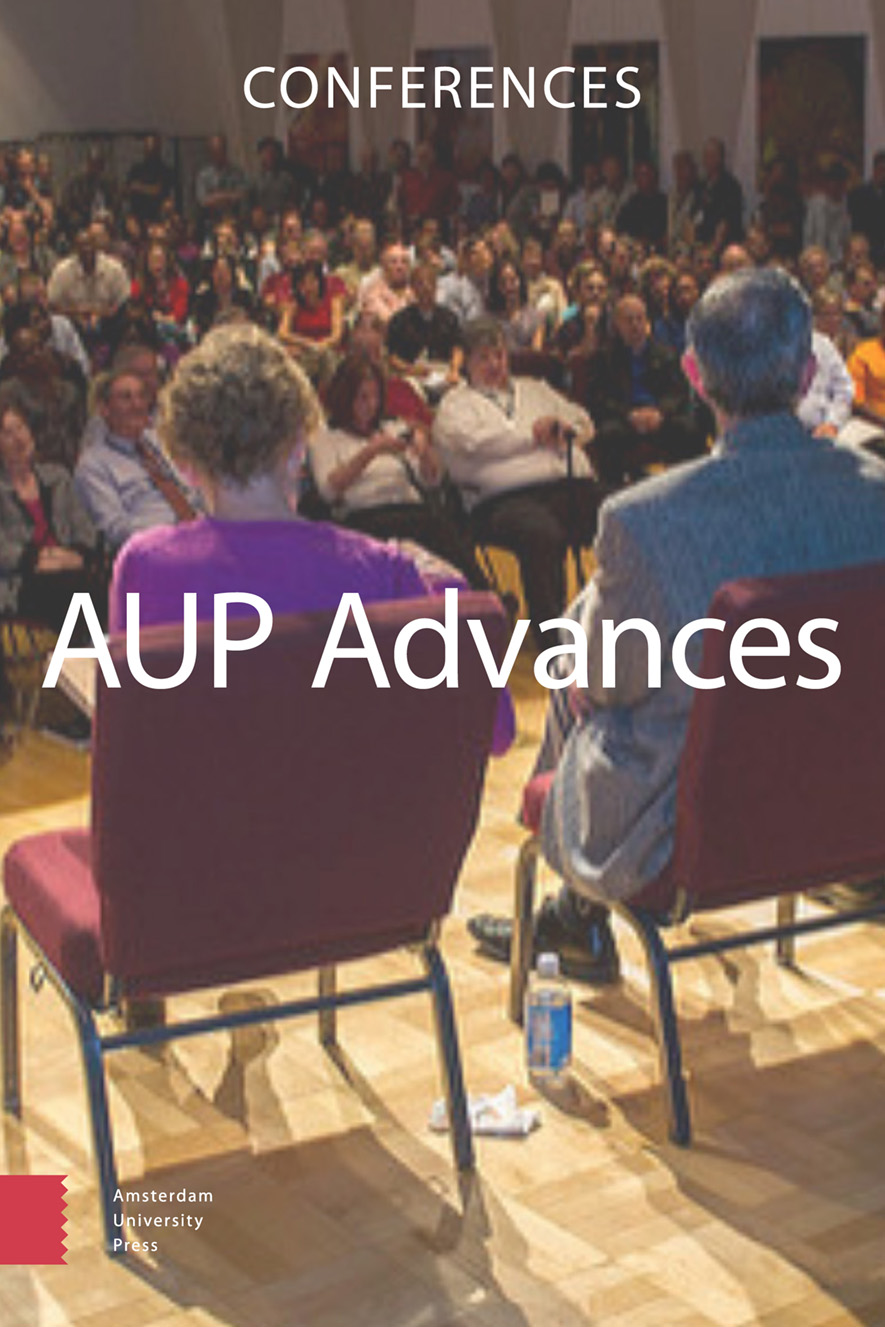-
oa Drift into Failure, an obsolete Construct
- Amsterdam University Press
- Source: AUP Advances, Volume 1, Issue 1, May 2018, p. 99 - 117
-
- 01 May 2018
Abstract
In the dilemma of Work-as-Imagined versus Work-as-Done (WAI/WAD), the delicate balance between rules and reality is often explained by stating that in case of an accident, a drift into failure had occurred. Such explanations refer to either individual operator’s or managerial decision making, where a violation of a predefined rational and hence, optimal and efficient decision making had taken place. Such drift is substantiated by normative theories of Reason, Perrow and Turner, each with their underlying assumptions and simplifications. Their notions of human error and failure of foresight are considered to have gained a generic validity over the years. More modern theories on human error and failure of foresight criticise these assumptions from an academic and theoretical perspective. They do however not take into account their normative component. The socio-economical context in which these theories were developed was to legitimize failure: the values and norms of the Anglo-Saxon society in the 1960’s and 1970’s. Such a construct is criticised nowadays within socio-psychological and organisational, even raising doubts whether safety science is a science or not. This contribution elaborates on several options for closing the gap between WAI/WAD in advocating the abolition of several obsolete notions that hamper a better understanding of the dilemma. Such constructs represent a logic of simplifications, assumptions and linearisations based on a combination of Procrustes bed, Laocoon’s fate and Ockham’s Razor respectively. Drift into failure is a mystifying construct, disregarding notions and knowledge about democratic participation, engineering design principles and socio-economical drivers for optimization.


